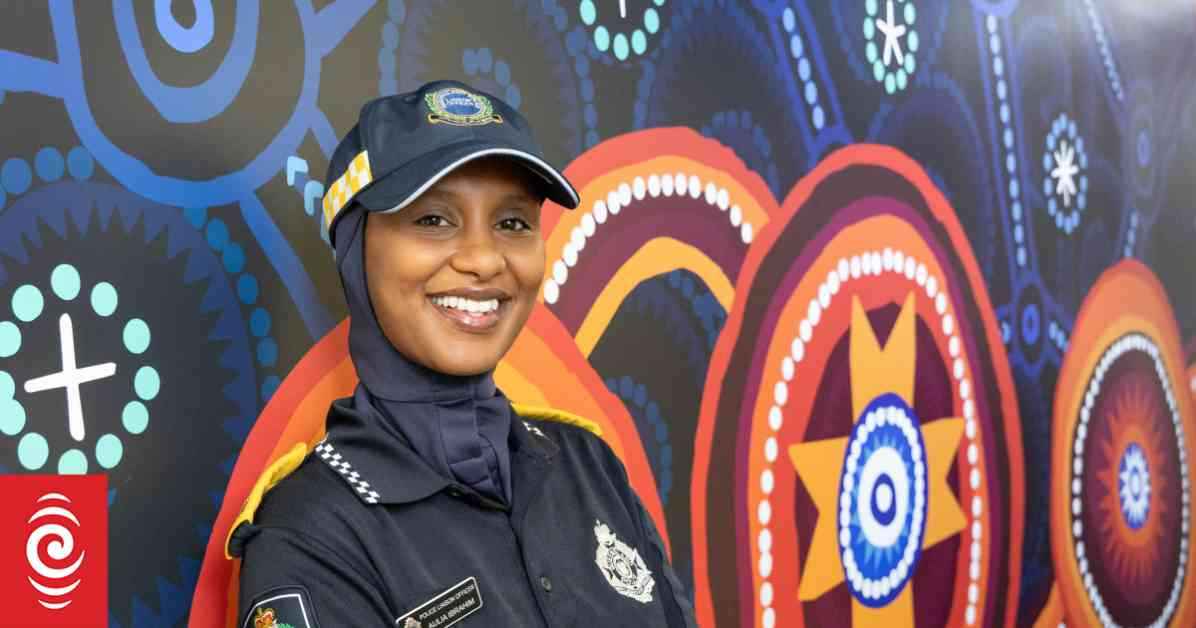A revolutionary hijab designed in New Zealand following the 2019 Christchurch terror attacks is gaining international recognition for its innovative design tailored for emergency services. Created by Massey University fashion designer Deb Cumming and fashion educator Nina Weaver over a 16-month period, this groundbreaking hijab has been embraced by various law enforcement agencies, including Australia’s Queensland Police and New Zealand’s Corrections staff, with interest from Victoria’s Police as well.
Designing for Inclusivity and Safety
The NZ-designed hijab features a breathable and antibacterial moisture-wicking sports fabric, addressing the need for comfort and functionality in high-pressure situations. Cumming and Weaver meticulously crafted the hijab with a contoured fit to prevent any excess fabric that could be grabbed, ensuring the safety of wearers during duty. The revolutionary design incorporates an easy release closure system at the neck, magnets and velcro for stability, and a style that seamlessly integrates with the officers’ uniforms, including communication devices.
The innovative hijab design also includes a unique feature—an opening for officers to thread a wire to stay connected with their in-ear communication devices, showcasing the meticulous attention to detail in enhancing both safety and functionality. The designers’ dedication to inclusivity and cultural diversity is evident in their thoughtful approach to creating a garment that meets the specific needs of Muslim women in law enforcement, setting a new standard for uniform design in emergency services.
Empowering Representation and Recognition
The impact of the NZ-designed hijab extends beyond its practical design elements, as it symbolizes a significant step towards greater representation and inclusivity in the workforce. Constable Zeena Ali, the first sworn officer to trial the hijab, shared her journey of seeking approval to wear the hijab after graduating from the Unitec Pre-Police Course in 2020, highlighting the importance of visibility and acceptance in professional settings.
Aulia Ibrahim, a liaison officer with Queensland Police, echoed the sentiment of empowerment and recognition that comes with wearing the official hijab, emphasizing the positive impact on her daily routine and the sense of pride in representing her cultural identity in her uniform. Ibrahim’s experience of sharing the hijab’s unique features with young Muslim girls at schools underscores the significance of representation in inspiring future generations to pursue diverse career paths without limitations.
The NZ Police hijab’s accolades, including being named one of the top 50 most influential projects in 2021 by New York’s Project Management Institute and receiving the esteemed Tahunui-a-Rangi award from the Royal Society Te Apārangi in 2022, highlight the global recognition and impact of this innovative design. The hijab’s success story serves as a beacon of progress and inclusivity in the fashion and law enforcement industries, setting a new standard for uniform design that prioritizes safety, functionality, and cultural diversity.
In conclusion, the NZ-designed hijab’s journey from conceptualization to international recognition encapsulates a powerful narrative of innovation, representation, and empowerment in the realm of uniform design for emergency services. With a steadfast commitment to inclusivity, safety, and cultural diversity, the hijab stands as a symbol of progress and recognition in breaking down barriers and fostering a more inclusive and representative workforce for future generations.

















